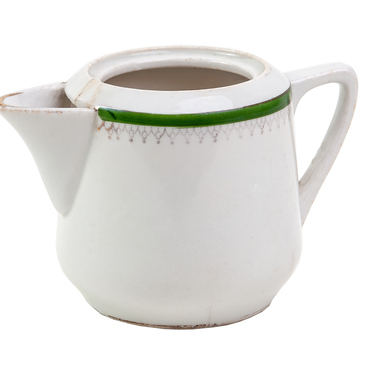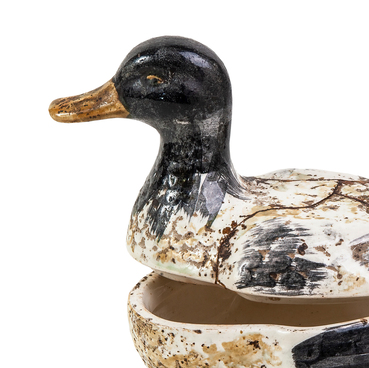At the end of 1898, Majit Gafuri became a student at the ‘Rasuliya’ Madrassa in Troitsk, the Chelyabinsk Region. This educational institution at the turn of the 19th–20th centuries was one of the most advanced and recognized centers of Muslim education in the country. The madrassa opened in 1883 at the Cathedral mosque at the expense of the Kazakh merchant Ibrai Altynsarin. The educational facility was named in honor of the founder — the famous religious figure and educator Zainulla Rasulev. He was called the ‘spiritual king of his people’. He was the first to introduce the class-lesson system in his madrassa, and to teach many secular subjects such as Algebra, Astronomy, Literature, History, Physics, Chemistry, Russian and Arabic. Rasulev had many students and followers and was one of the most influential Muslim figures in Russia.
The ‘Rasuliya’ madrassa was under the jurisdiction of the Orenburg Mohammedan Spiritual Assembly and was supported by private donations of the Muslim population and Rasulev himself. It trained young men to become imams and mugallims (teachers) for primary Muslim schools. The ‘Rasuliya’ was a mixed-type school that combined old and new teaching methods, traditions and innovations. After 1905, it became one of the best jadid educational institutions in Russia. Poet Shafik Aminov-Tamyani, linguist and doctor of philological sciences Kasim Akhmerov, and historian Gabdulbari Battal studied at the ‘Rasuliya’ in different years. The madrassa closed in 1919. Today the building of ‘Rasuliya’ is the object of cultural heritage of regional significance.
Majit Gafuri studied here from 1898 till 1905. The financial situation of his family at that time was difficult. To help his family, the future poet had to serve richer students of madrassa, and in the summer months, he worked as a laborer in the peat mines, gold mines, in the farms of kulaks, and as a teacher in the Kazakh nomads. During training Gafuri was actively engaged in self-education: he studied Arabic, Turkish, Persian and Russian languages, History and Geography, Eastern poetry, educational Tatar and Russian classical literature.
The ‘Rasuliya’ madrassa was under the jurisdiction of the Orenburg Mohammedan Spiritual Assembly and was supported by private donations of the Muslim population and Rasulev himself. It trained young men to become imams and mugallims (teachers) for primary Muslim schools. The ‘Rasuliya’ was a mixed-type school that combined old and new teaching methods, traditions and innovations. After 1905, it became one of the best jadid educational institutions in Russia. Poet Shafik Aminov-Tamyani, linguist and doctor of philological sciences Kasim Akhmerov, and historian Gabdulbari Battal studied at the ‘Rasuliya’ in different years. The madrassa closed in 1919. Today the building of ‘Rasuliya’ is the object of cultural heritage of regional significance.
Majit Gafuri studied here from 1898 till 1905. The financial situation of his family at that time was difficult. To help his family, the future poet had to serve richer students of madrassa, and in the summer months, he worked as a laborer in the peat mines, gold mines, in the farms of kulaks, and as a teacher in the Kazakh nomads. During training Gafuri was actively engaged in self-education: he studied Arabic, Turkish, Persian and Russian languages, History and Geography, Eastern poetry, educational Tatar and Russian classical literature.



